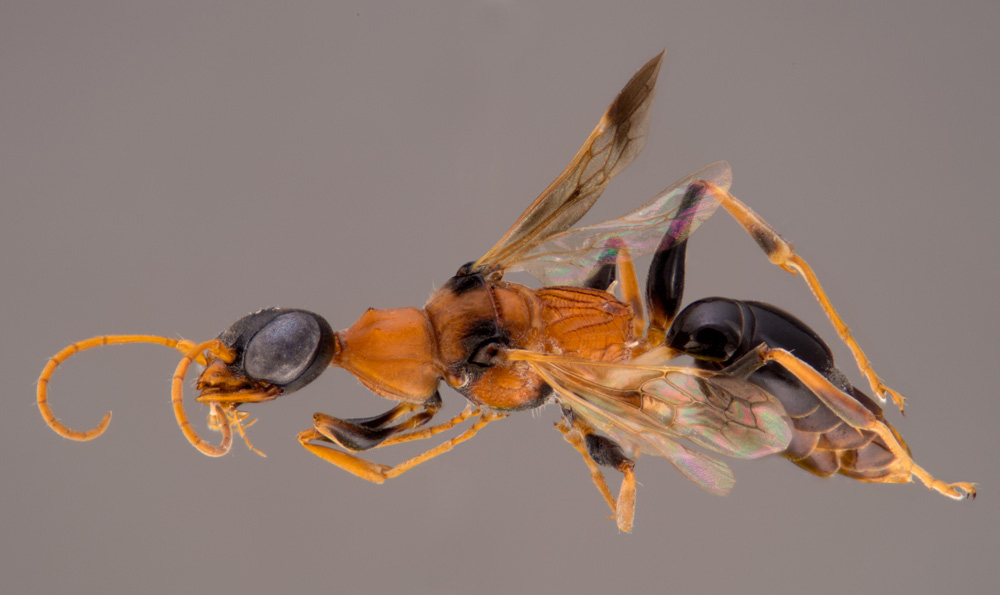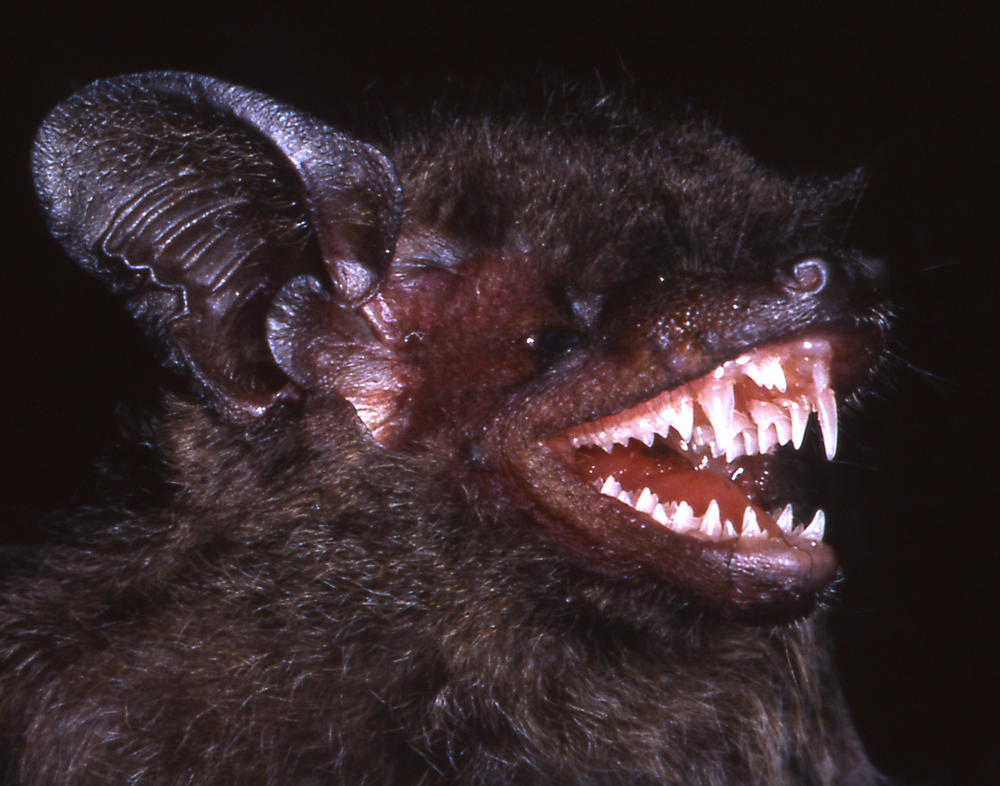'Dementor' Wasps and Long-Fanged Bats! Trove of New Species Found

A paralysis-inducing wasp, a color-changing toad and a bat with eerily long teeth — what do all of these curious critters have in common? Sure, they all seem a tad unusual, but more importantly, all of them were unknown to scientists until recently.
These three critters are among 139 new animal and plant species discovered in 2014 in the Greater Mekong region, a biologically diverse area in Asia that includes parts of Cambodia, Laos, Myanmar, Thailand and Vietnam. The World Wildlife Fund (WWF), a nonprofit organization that seeks to preserve biodiversity in the Greater Mekong region and elsewhere, released the extensive list of new species this week.
"The Greater Mekong's unique ecosystems are truly the gift that keeps on giving, providing sanctuary for a treasure trove of species and critical benefits for millions of people across the region," Teak Seng, conservation director for WWF-Greater Mekong, said in a statement. "The scientists behind these discoveries feel they are racing against the clock to document these species and strongly advocate for their protection before they disappear." [See photos of the "dementor" wasp and other new Greater Mekong species]
The list of newfound species includes a wealth of bizarre insects. One of the oddest creatures in the WWF's roundup is the aptly named "dementor" wasp, Ampulex dementor (yes, it's named for the soul-sucking creatures from the "Harry Potter" series). The cockroach-eating wasp injects venom into its prey's belly that turns the unlucky specimen into a "passive zombie," according to the WWF. The venom effectively immobilizes the cockroach, but doesn't kill it, which means the dementor wasp's meal is still alive when it's dragged off to a safe location and devoured.
The WWF report includes an insect, discovered last year by scientists in Vietnam, that is currently the second longest such creature in the world. The 21-inch-long (54 centimeters) stick insect Phryganistria heusii yentuensis went undiscovered by researchers until now, even though its habitat is located just a short walk away from busy villages. Researchers say many more species of stick insect have been discovered by scientists in the field and have yet to be described.
Four new species of "princess" moths were also discovered last year in Thailand. The moths are royal-looking enough in their own right, with some sporting sparkly wings. However, the moths were actually named in honor of Princess Maha Chakri Sirindhorn of Thailand, who supports the Chaipattana Foundation, the organization that owns the community forest where most of the moths were collected.

Included on the list of new discoveries are 90 plant species, including two previously unknown types of orchids. There are also 23 new reptiles on the list. One of these, the Zoos Victoria wolf snake, has remained unknown until now despite an increased effort by researchers to document new reptiles in parts of Cambodia along the Mekong River, according to the WWF. Another reptile on the list, the bent-toed gecko Cyrtodactylus vilaphongi, was dubbed the 10,000th reptile species known to science when it was discovered last year.
Sign up for the Live Science daily newsletter now
Get the world’s most fascinating discoveries delivered straight to your inbox.
A total of 16 new amphibians made their way onto the WWF's list as well, including one thorny tree frog, a spiky-looking critter that changes color from yellow to dull brown after sunset, and a species of crocodile newt. Nine new species of fish were also among the new discoveries.
Only one new mammal was found in the Greater Mekong region in 2014, but it packs quite a punch (or a bite, to be exact). The long-toothed bat Hypsugo dolichodon has a pair of impressive canines that set it apart from its closest relatives, according to the WWF. These large teeth may help the bat chew on hard-shelled insects, a delicacy that other, smaller-toothed bats of the genus Pipistrellus have trouble eating.
Follow Elizabeth Palermo @techEpalermo. Follow Live Science @livescience, Facebook & Google+. Original article on Live Science.

Elizabeth is a former Live Science associate editor and current director of audience development at the Chamber of Commerce. She graduated with a bachelor of arts degree from George Washington University. Elizabeth has traveled throughout the Americas, studying political systems and indigenous cultures and teaching English to students of all ages.









